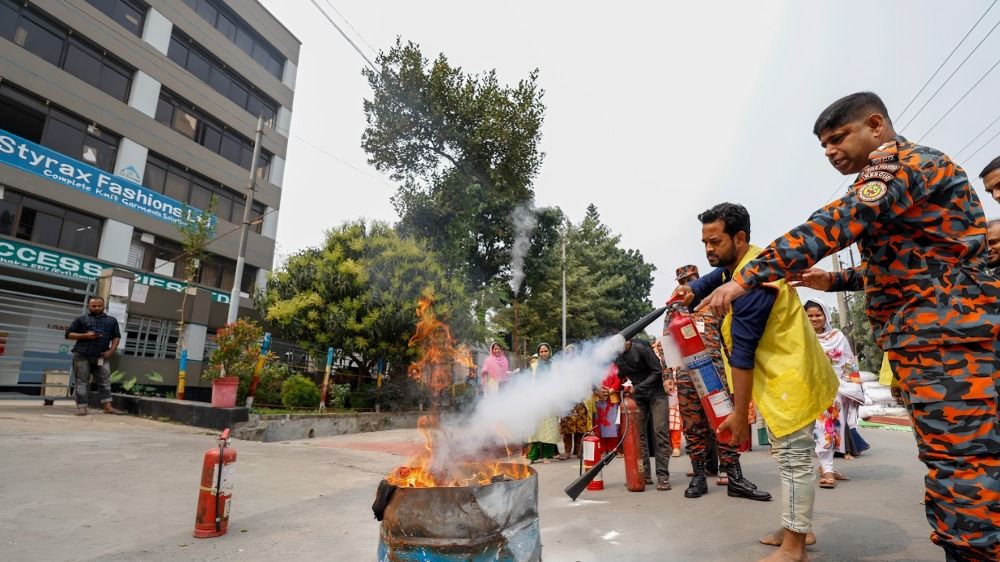
“
Ensuring safety in public places is vital for the well-being of everyone involved. This blog presents 20 critical facts about public place safety, providing crucial information and actionable tips. These facts are designed to enhance your understanding and preparedness in various public settings, from identifying potential hazards to implementing adequate safety measures. By following these guidelines, you can help create safer environments and contribute to the overall security of public spaces. Dive into our comprehensive overview and learn to stay safe and vigilant in everyday public scenarios.1
1
”
Public places are vital for community interaction, and ensuring their safety is crucial. Surprisingly, well-lit areas can reduce crime rates by up to 20%, emphasizing the importance of proper lighting in public spaces.1
The use of surveillance cameras significantly deters criminal activity. Research indicates that neighbourhoods with visible cameras experience a 30% drop in vandalism, highlighting their role in promoting community security.2
Interestingly, pedestrian-friendly environments enhance public safety. Cities designed with sidewalks, crosswalks, and bike lanes see fewer traffic accidents, fostering safer mobility for all commuters and residents.3
Regular maintenance of public areas is essential for safety. Inadequate upkeep, like broken lights or damaged benches, can lead to accidents. Cities prioritizing maintenance enhance overall community safety and satisfaction.4
The "defensible space" concept suggests urban design can influence crime prevention. Areas with clear sightlines and natural surveillance tend to have lower crime rates, emphasizing design's role in public safety.5
Strikingly, public spaces that encourage social interaction contribute to safety. Active neighbourhoods with engaged residents experience less crime due to increased social cohesion and community vigilance.6

Emergency response planning is critical in public places. Regular drills and preparedness training for staff ensure swift action during emergencies, significantly reducing response times and potentially saving lives in crises.
Surprisingly, many public places lack adequate emergency signage. Clear exit signs and maps can guide individuals quickly during crises, preventing panic and confusion in crowded areas or events.7
Child safety in public spaces is often overlooked. Design elements like safe play areas and proper fencing can significantly reduce injury risks for children, making parks and playgrounds safer for families.8
Incorporating nature into public spaces enhances safety. Green areas promote mental well-being and community use, increasing foot traffic and natural surveillance that deters criminal activity in neighbourhoods.9
Public transportation systems prioritize safety with various measures. Features like surveillance, emergency buttons, and trained staff help ensure passenger safety, making public transit a reliable and secure travel option.10
Remarkably, community involvement plays a crucial role in public safety. Neighborhood watch programs empower residents to participate in their community's security actively, fostering collaboration in crime prevention and promoting vigilance.11
Clear and accessible pathways are vital for safety. Ensuring walkways are well-defined and free of obstructions can prevent accidents and facilitate safe pedestrian navigation.12
Safety audits of public spaces lead to improvements. Regular evaluations of safety measures help identify potential hazards, allowing authorities to address issues before accidents occur in crowded areas.13

Public safety extends to digital aspects as well. Cybersecurity measures in public Wi-Fi networks protect users from data breaches, enhancing safety in public areas and digital environments.
Public restrooms are often overlooked in safety discussions. Ensuring these facilities are well-maintained, properly lit, and regularly cleaned contributes to a safe environment for all users and enhances hygiene.14
Fire safety in public places is paramount. Establishing clear evacuation routes and conducting regular drills significantly enhance safety and preparedness for emergencies in crowded areas, protecting everyone involved.15
Community events enhance public safety. Organizing local activities fosters belonging and encourages residents to take ownership of their environment, leading to a more secure and vibrant community for all.16
Public safety campaigns can change behaviour. Educational initiatives on personal safety, substance abuse prevention, and emergency preparedness empower individuals to make informed decisions, ultimately enhancing community safety.17
Lastly, seating area design influences safety. Arranging seating to promote social interaction while maintaining visibility creates an inviting environment, allowing individuals to feel secure and engaged in public spaces.18


